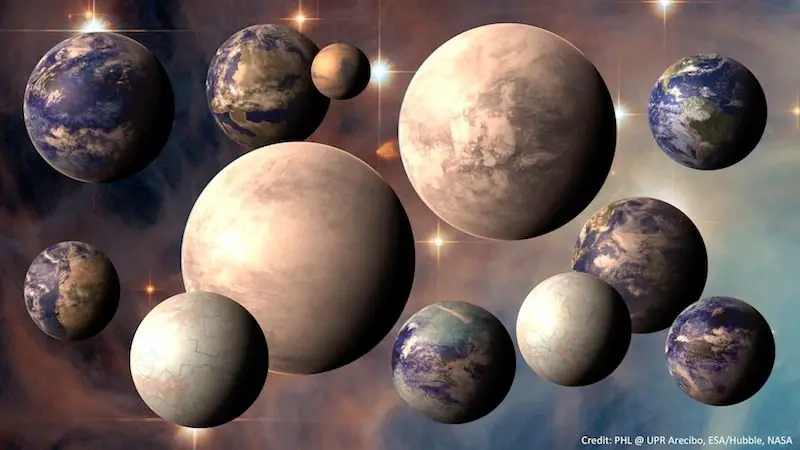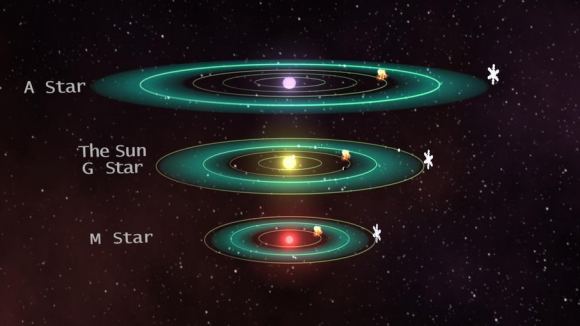Astronomers have made a groundbreaking discovery that has left the scientific community buzzing with excitement.

Table of Contents
6 Billion Earth-Like Planets
Recent research suggests that there could be as many as 6 billion Earth-like planets in the Milky Way galaxy alone. This remarkable finding has significant implications for our understanding of the cosmos and the possibility of extraterrestrial life. In this article, we will explore the details of this discovery and discuss the potential impact on future space exploration.

Related Articles:
BREAKING: NASA discovers the perfect cave for humans to live in on the moon
The Research and Methodology
The estimation of 6 billion Earth-like planets is based on extensive research conducted by astronomers using advanced telescopes and observational techniques. These scientists focused on the detection of exoplanets – planets located outside our solar system – that share similar characteristics with Earth, such as size, temperature, and distance from their respective stars.
Astronomers utilized the Kepler Space Telescope to observe the transit method, wherein a planet passes in front of its host star, causing a slight dimming of the star’s light. By analyzing these light patterns, scientists were able to estimate the frequency of Earth-like planets in our galaxy.
Criteria for Earth-Like Planets
To qualify as an Earth-like planet, several criteria must be met. First, the planet must be within the habitable zone of its star, commonly referred to as the “Goldilocks Zone.” This is the region around a star where conditions are just right for liquid water to exist – not too hot, and not too cold.
Additionally, Earth-like planets must have a rocky composition and be of similar size to Earth. This combination of factors is crucial in determining whether a planet could potentially support life as we know it.
Implications for the Search for Extraterrestrial Life
The discovery of such a vast number of Earth-like planets in the Milky Way significantly bolsters the possibility that we are not alone in the universe. With a higher probability of finding planets with similar conditions to Earth, the chances of discovering extraterrestrial life forms also increase.
Scientists are now focusing their efforts on investigating these Earth-like planets, searching for potential biosignatures – signs of life – such as specific atmospheric gases or other chemical markers. The development of more advanced telescopes, like the upcoming James Webb Space Telescope, is expected to aid in this search by providing clearer images and more detailed information on these distant worlds.
Future Space Exploration and Colonization
The presence of billions of Earth-like planets in our galaxy also opens up new opportunities for human space exploration and colonization. As we continue to advance our technology and knowledge of these planets, we may one day be able to embark on interstellar journeys to establish outposts or even colonies on other habitable worlds.
In the meantime, this discovery acts as a powerful motivator for the scientific community, space agencies, and private space ventures to invest in the development of new technologies and methods for exploring the cosmos.
Conclusion
The revelation that there could be as many as 6 billion Earth-like planets in the Milky Way galaxy is a game-changer for our understanding of the universe and our place within it. As we continue to study these planets and search for signs of life, we are reminded of the vastness and complexity of the cosmos. The possibilities for future space exploration and the potential discovery of extraterrestrial life are now more promising than ever before, igniting our curiosity and sense of wonder as we gaze up at the stars.
Reference(s):
Research Article- The Astronomical Journal
